August 14, 2025
Summary: Ever since 3D printers reached the consumer market, people have used them to make food. And while a few purpose-built 3D food printers have emerged, 3D-printed food remains the domain of high-end chefs and commercial kitchens. The days of printing food on your own countertop may be far away, but the practice continues to push new boundaries for space travel, sustainability and personalized nutrition. Some foodies even think 3D printers and insect proteins could go hand-in-hand.
Food-grade 3D printers are now capable of dispensing everything from vegan calamari to custom candies and fancy pastries.
But how far is the day we trade in our pots and pans for a countertop food printer?
3D-printed food has recently marked a number of milestones, but its near future lies in a few distinct locations, including high-end gastronomy, ultra-precise candy making and industrial food production.
Still, researchers continue to push the boundaries of this technology in hopes of solving critical challenges in sustainability, care for the sick and elderly and even space travel.
What is 3D-Printed Food?
You’ve probably heard of 3D printing, which is sometimes called additive manufacturing. At its most basic level, it refers to a process where an “ink,” usually made out of plastic, is dispensed in several layers to create an object. It’s been around since the 1980s, and over the past four decades, several methods have emerged, allowing for the use of different materials like metal or ceramics, and different ways to dispense the ink.
That same technology can be applied to food. The most common approach involves the extrusion of purees, with sensors and nozzles that evaluate the consistency and viscosity of the feedstock. It resembles a chef piping cake icing through a pastry bag, but there are other ways of doing this.
Another method, known as binder jet printing, involves spraying liquids, like water or syrups, onto a bed of powdered sugar or starch. Successive applications of powder and liquid are layered on top of one another to create very delicate structures, like ornate garnishes in desserts. One emerging technology is called bioprinting, which involves printing with living, lab-grown cells to synthesize meat products like beef or fish.
Some 3D printers can now cook food as they print it, but in most cases, the ingredients still need to be cooked either before or after printing.
While some hobbyists modify existing 3D printers for food production, there are printers specifically designed for food. Most, however, cost more than $1,500 and target elite chefs looking to make striking and precise visual presentations.
3D-Printed Food Is Possible, But Should It Be?
3D-printed food first emerged in the 2000s among hobbyists using general-purpose 3D printers. The technology drew significant attention in the 2010s as more advanced systems emerged that allowed users to layer multiple ingredients. Since then, a few startups have attracted hundreds of millions of dollars in investment. Still, the idea remains relatively new to most people, and it faces several barriers to widespread adoption. For one thing, lots of people like to cook. And, according to a report from the United Nations Food and Agriculture Organization, production isn’t much of a time saver. A simple piece might be created in about seven minutes. But more complex creations take up to 45 minutes per unit.
And while some polls are trending in a direction that shows better views of 3D-printed foods, many consumers remain skeptical.
It should also be noted that we asked several IEEE members if they would eat 3D-printed food, and all of them said they would at least try it.
“If the ingredients are high quality and the preparation is safe, there’s no reason not to try it,” said IEEE Member Cleber Zanchettin. “I’m curious about the texture and flavor. The customization potential is exciting, for example, a snack printed with exactly the sugar and vitamin content tailored to my preferences and needs.”
Though some took a more cautious approach.
“I would only eat 3D-printed foods if I faced some sort of dietary restriction and the developed food could supply the deficiency or otherwise address it,” said IEEE Senior Member Cristiane Pimentel.
6 Ways 3D-Printed Food Could Transform What We Eat
Despite its uphill battle, proponents keep pushing the envelope in this food space. Here’s why:
Food-waste production: Some initiatives have looked at ways to turn food waste into the raw material for 3D-printed food. Conversely, there are also opportunities to turn that waste into bioplastics that might be made into consumer products.
Sustainability: Lab-grown meat, which has gained regulatory approval in a few places around the world, might help avoid the significant environmental impacts of growing livestock
Personalized nutrition: Some proponents hold out hope that 3D-printed foods will allow people to tailor their diet to their unique needs.
Better nutrition: A lot of snacks have very low nutritional value. 3D-printed snacks might change that, because the raw materials can include nutrient-rich ingredients like proteins, vitamins or fiber.
Space travel: NASA has a number of projects that involve using 3D printers to provide food for long-distance space travel. Fresh food in space is a luxury, and the water content of food adds a lot of extra weight. But since space vehicles can reclaim and recycle water, astronauts could use rehydrated, powdered macronutrients, like protein and carbohydrates, to provide the “ink.”
New Sources of Protein: Insects have been part of the human diet, but are less common today. They can be a valuable source of protein. Some innovators have explored the idea of converting insect proteins into powders to print into more appealing shapes.
While none of these applications alone will redefine how we eat, together they hint at a broader shift, one where 3D-printed food becomes part of a larger ecosystem of solutions.
“3D food printing could be an innovative approach to tackling hunger and food waste,” Zanchettin said. “However, it won’t solve these problems alone. It could play a strategic role in integrated solutions, complementing sustainable agriculture, nutritional education and improved food logistics.”
Learn More: One of the first documented uses of a 3D printer for food was turned into a winning high school science fair project. If you’d like to help inspire the next generation, check out IEEE TryEngineering, which has resources for pre-undergraduate students and educators in a variety of specialties, from artificial intelligence to 3D printing.
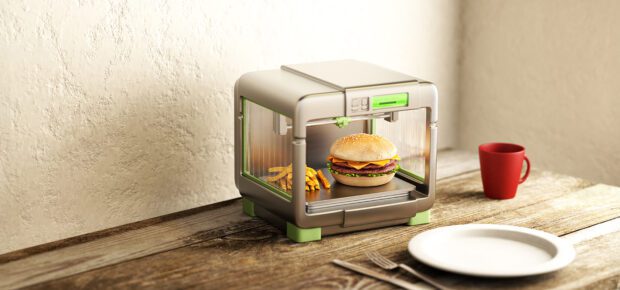



 Meaningful Momentum or Running in Place?
Meaningful Momentum or Running in Place? AI Through Our Ages
AI Through Our Ages Liquid Infrastructure: Our Planet's Most Precious Resource
Liquid Infrastructure: Our Planet's Most Precious Resource The Impact of Technology in 2025
The Impact of Technology in 2025 Quantum and AI: Safeguards or Threats to Cybersecurity?
Quantum and AI: Safeguards or Threats to Cybersecurity? Why AI Can't Live Without Us
Why AI Can't Live Without Us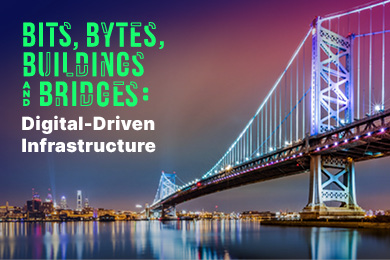 Bits, Bytes, Buildings and Bridges: Digital-Driven Infrastructure
Bits, Bytes, Buildings and Bridges: Digital-Driven Infrastructure Impact of Technology in 2024
Impact of Technology in 2024 Emerging AI Cybersecurity Challenges and Solutions
Emerging AI Cybersecurity Challenges and Solutions The Skies are Unlimited
The Skies are Unlimited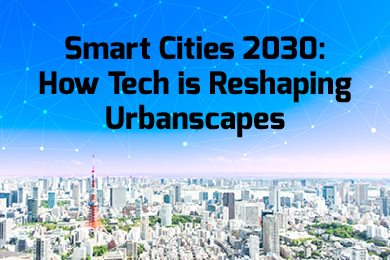 Smart Cities 2030: How Tech is Reshaping Urbanscapes
Smart Cities 2030: How Tech is Reshaping Urbanscapes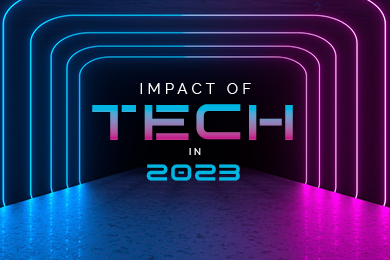 Impact of Technology 2023
Impact of Technology 2023 Cybersecurity for Life-Changing Innovations
Cybersecurity for Life-Changing Innovations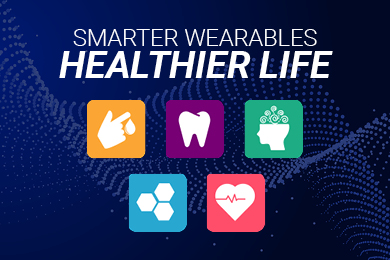 Smarter Wearables Healthier Life
Smarter Wearables Healthier Life Infrastructure In Motion
Infrastructure In Motion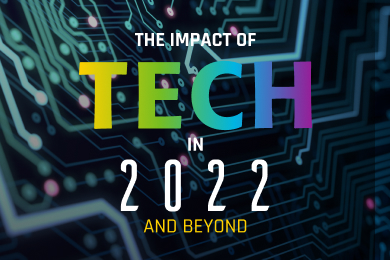 The Impact of Tech in 2022 and Beyond
The Impact of Tech in 2022 and Beyond Cybersecurity, Technology and Protecting Our World
Cybersecurity, Technology and Protecting Our World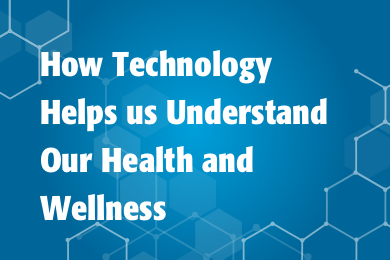 How Technology Helps us Understand Our Health and Wellness
How Technology Helps us Understand Our Health and Wellness The Resilience of Humanity
The Resilience of Humanity Harnessing and Sustaining our Natural Resources
Harnessing and Sustaining our Natural Resources Creating Healthy Spaces Through Technology
Creating Healthy Spaces Through Technology Exceptional Infrastructure Challenges, Technology and Humanity
Exceptional Infrastructure Challenges, Technology and Humanity The Global Impact of IEEE's 802 Standards
The Global Impact of IEEE's 802 Standards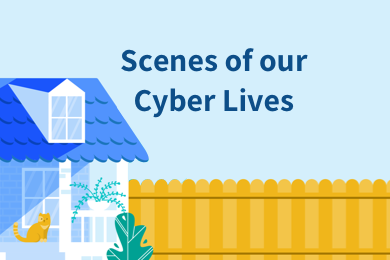 Scenes of our Cyber Lives: The Security Threats and Technology Solutions Protecting Us
Scenes of our Cyber Lives: The Security Threats and Technology Solutions Protecting Us How Millennial Parents are Embracing Health and Wellness Technologies for Their Generation Alpha Kids
How Millennial Parents are Embracing Health and Wellness Technologies for Their Generation Alpha Kids Space Exploration, Technology and Our Lives
Space Exploration, Technology and Our Lives Global Innovation and the Environment
Global Innovation and the Environment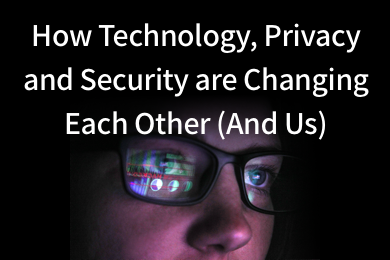 How Technology, Privacy and Security are Changing Each Other (And Us)
How Technology, Privacy and Security are Changing Each Other (And Us)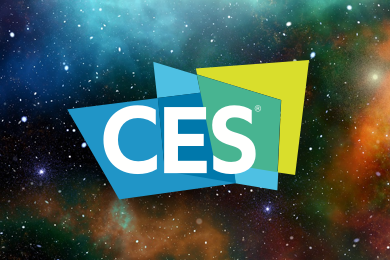 Find us in booth 31506, LVCC South Hall 3 and experience the Technology Moon Walk
Find us in booth 31506, LVCC South Hall 3 and experience the Technology Moon Walk Virtual and Mixed Reality
Virtual and Mixed Reality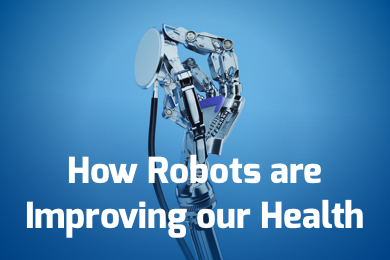 How Robots are Improving our Health
How Robots are Improving our Health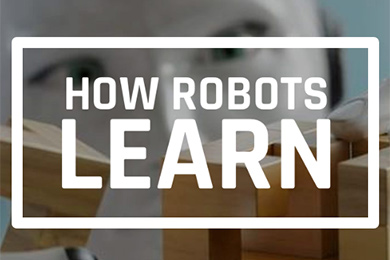 IEEE Experts and the Robots They are Teaching
IEEE Experts and the Robots They are Teaching See how millennial parents around the world see AI impacting the lives of their tech-infused offspring
See how millennial parents around the world see AI impacting the lives of their tech-infused offspring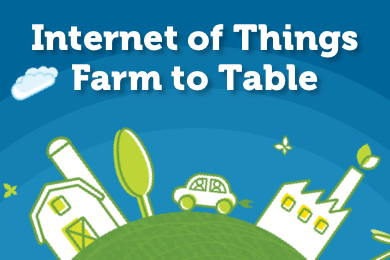 Take the journey from farm to table and learn how IoT will help us reach the rising demand for food production
Take the journey from farm to table and learn how IoT will help us reach the rising demand for food production Watch technical experts discuss the latest cyber threats
Watch technical experts discuss the latest cyber threats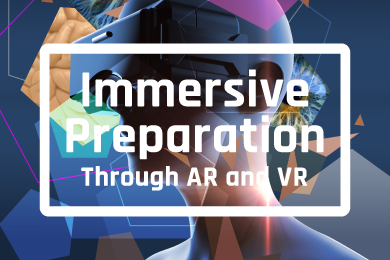 Explore how researchers, teachers, explorers, healthcare and medical professionals use immersive technologies
Explore how researchers, teachers, explorers, healthcare and medical professionals use immersive technologies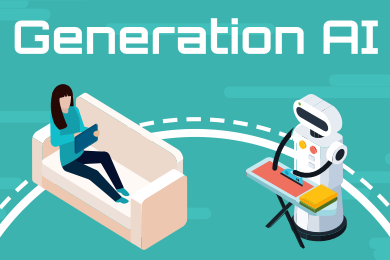 Follow the timeline to see how Generation AI will be impacted by technology
Follow the timeline to see how Generation AI will be impacted by technology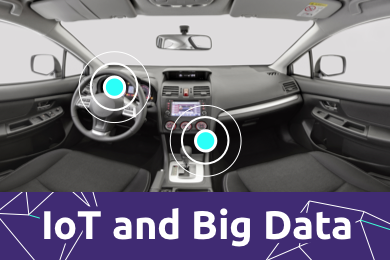 Learn how your IoT data can be used by experiencing a day in a connected life
Learn how your IoT data can be used by experiencing a day in a connected life Listen to technical experts discuss the biggest security threats today
Listen to technical experts discuss the biggest security threats today See how tech has influenced and evolved with the Games
See how tech has influenced and evolved with the Games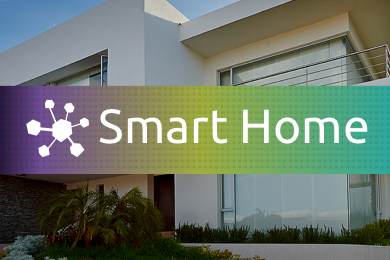 Enter our virtual home to explore the IoT (Internet of Things) technologies
Enter our virtual home to explore the IoT (Internet of Things) technologies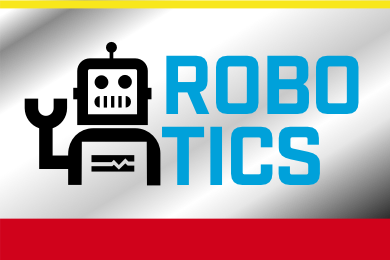 Explore an interactive map showcasing exciting innovations in robotics
Explore an interactive map showcasing exciting innovations in robotics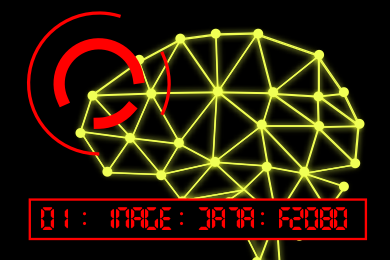 Interactively explore A.I. in recent Hollywood movies
Interactively explore A.I. in recent Hollywood movies Get immersed in technologies that will improve patients' lives
Get immersed in technologies that will improve patients' lives